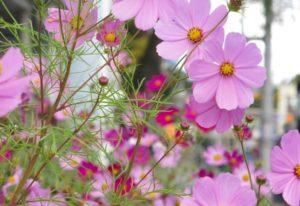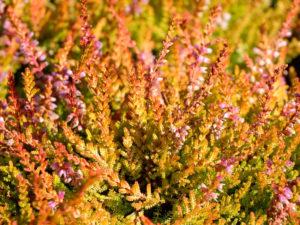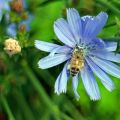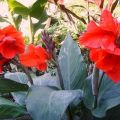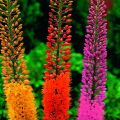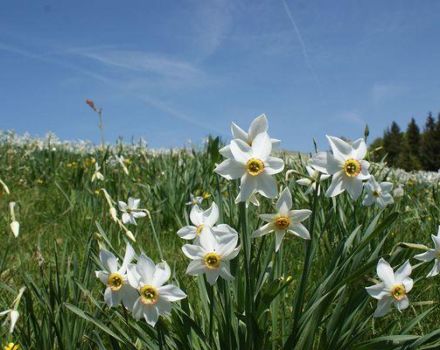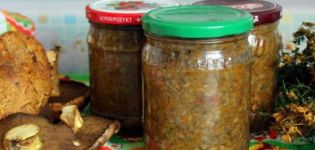Growing, planting and caring for asters in the open field
The decoration of the garden is a blooming flower bed. How to properly plant and care for aster in the open field, the gardener is looking for answers. There will not be any particular difficulties, even a beginner can handle it. It takes not so much, pick up planting material, dig up a bed and plant seeds.
Content
- 1 Selection of seeds for open ground
- 2 The difference between planting perennial and annual asters in open ground
- 3 Growing methods
- 4 Seedling method
- 5 Grow from seed by direct sowing in open ground
- 6 Outdoor care
- 7 Reproduction
- 8 Post-flowering care and preparation for winter
- 9 Diseases and pests
- 10 Growing problems
Selection of seeds for open ground
Astra decorates the garden of a large number of summer residents and gardeners. Some flower lovers grow it on the balcony. The choice of the variety is important when deciding on planting. It is necessary to determine exactly for what purpose the flower is grown. If for bouquets, choose tall species. If for decorating the site, then take varieties with a short stem.
The summer resident is provided with a wide range of shades and sizes of bushes. Planting material is purchased in stores or collected independently. The second option is a win-win. The summer resident gets exactly what he wanted to grow.
The difference between planting perennial and annual asters in open ground
Annual or perennial plants are planted in open ground in early spring or autumn. The garden bed is prepared in advance, dug up with mineral fertilizers and grooves are formed.Annuals bloom in the same year, perennials bloom in a year.
When planting perennial representatives of the family, only fresh planting material is used. A one-year-old aster can be 1-2 years old. There are no especially critical differences, it is necessary to comply with the technology and comply with agrotechnical requirements.
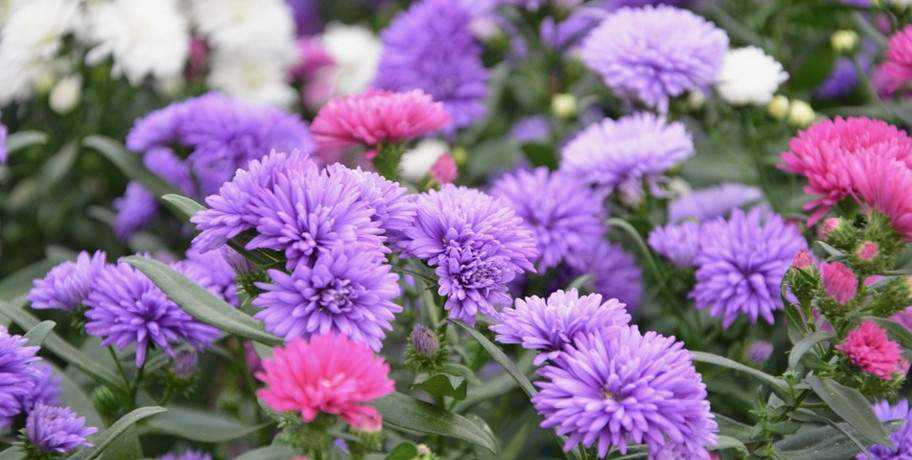
Growing methods
Aster is planted in various ways. How to grow a flower, the summer resident chooses based on personal preferences. They use the seedling method and the seedless method. If a perennial aster is grown, then the roots are still divided.
It is better to plant annual plants in seedlings, since they will bloom half a month earlier.
Seedling method
Using the method helps to get flowering plants much earlier. With proper care, the flower beds are especially colorful. This method is often chosen by summer residents who want plants to bloom early.

Dates of sowing seeds for seedlings
The summer resident determines the period independently, depending on the growing region. Approximate planting date: late March - early April. It should be remembered that it is necessary to transplant seedlings into the ground by mid-May.
Planting material processing
For disinfection, the seeds are kept for 30 minutes. in a weak solution of potassium permanganate. To speed up the sprouting of sprouts, they are soaked in growth stimulants purchased in stores.

Soil for asters
Flowers prefer fertile soil, before digging, they bring in:
- compost;
- humus;
- wood ash;
- dolomite flour.
What kind of soil asters like is easy to understand, it is important to protect the flower bed from waterlogging and weeds. For seedlings, a soil is prepared that is good for moisture and air. For better watering, a drainage layer must be formed at the bottom of the containers.
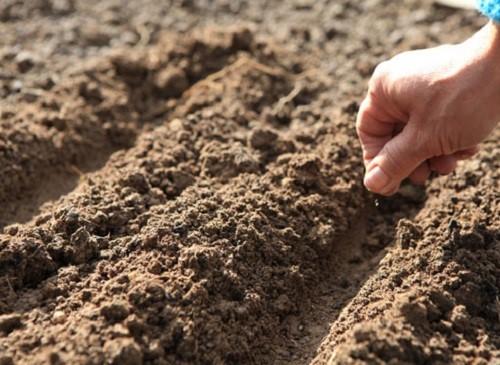
Sowing seeds
Sowing depth 0.5-1 cm. Watered with warm water. Then it is tightened with polyethylene and placed in a warm, dark place. After the sprouts appear, the film is removed and the pots with plantings are placed on the window.
Temperature control and lighting
Culture loves sunlight, the more daylight hours, the stronger the seedlings of flowers. The air temperature is not higher than +18 ⁰С.
Watering seedlings
Use only warm water. The first time, 7-10 days, is watered by spraying. Moisturize with a spray bottle, so the roots are not washed out. Water as the top layer of the soil dries out. Without flooding or waterlogging the soil.
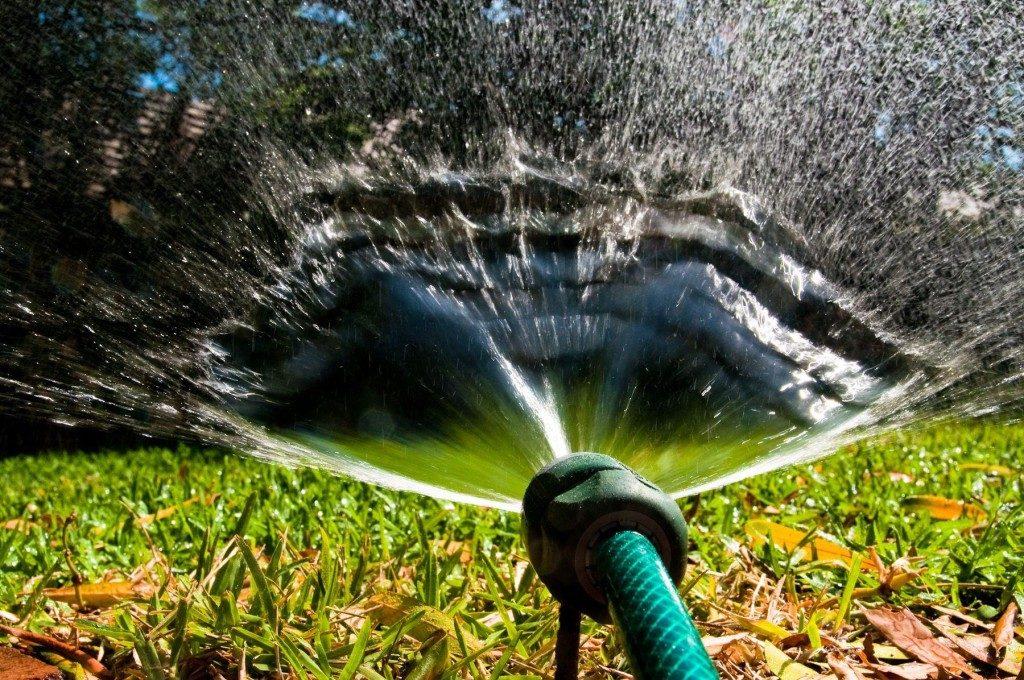
Plant picking
Produced at will. Some summer residents do not recommend touching the plants. They feel good in the group and grow well. But if time and place permits, then after the appearance of the second leaf, they are transplanted into separate containers.
Hardening
An obligatory process before planting seedlings in open ground. Plants need to be prepared for growing conditions. Therefore, a week in advance, containers are taken out onto the balcony or outside for 10-15 minutes. The next day, increase the time. Then bring to 10 o'clock. And the last day is left for the night.
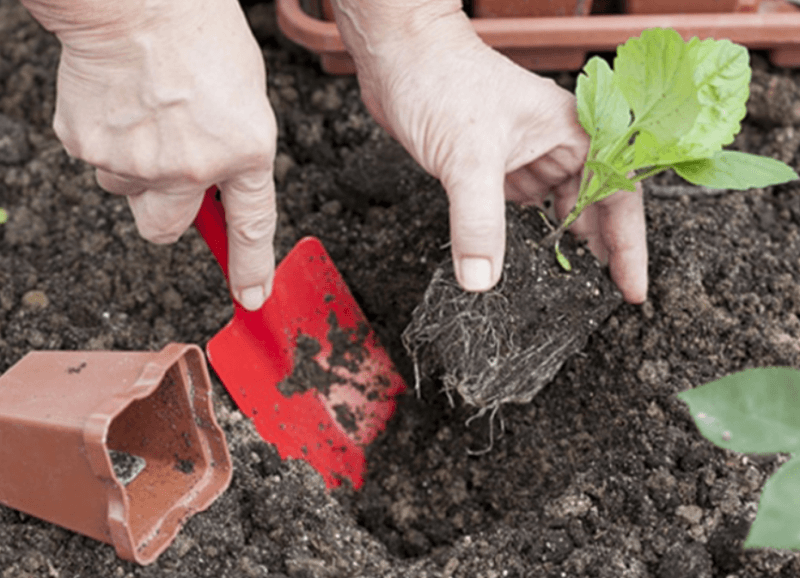
Planting seedlings in open ground
The final stage of landing. The transfer to a permanent place is carried out in mid-May. When the shoots have reached a size of 10-12 cm. It is recommended to do this in the evening to reduce plant stress.
The planting scheme depends on the variety of asters:
- tall 30-40 cm;
- undersized 20 cm.
This arrangement of the bushes helps to create an aesthetic appearance in the flower bed.
Grow from seed by direct sowing in open ground
To grow plants correctly, you must follow the recommendations given by experienced gardeners. Direct seeding into the ground reduces the labor intensity of cultivation, but significantly postpones the flowering period.
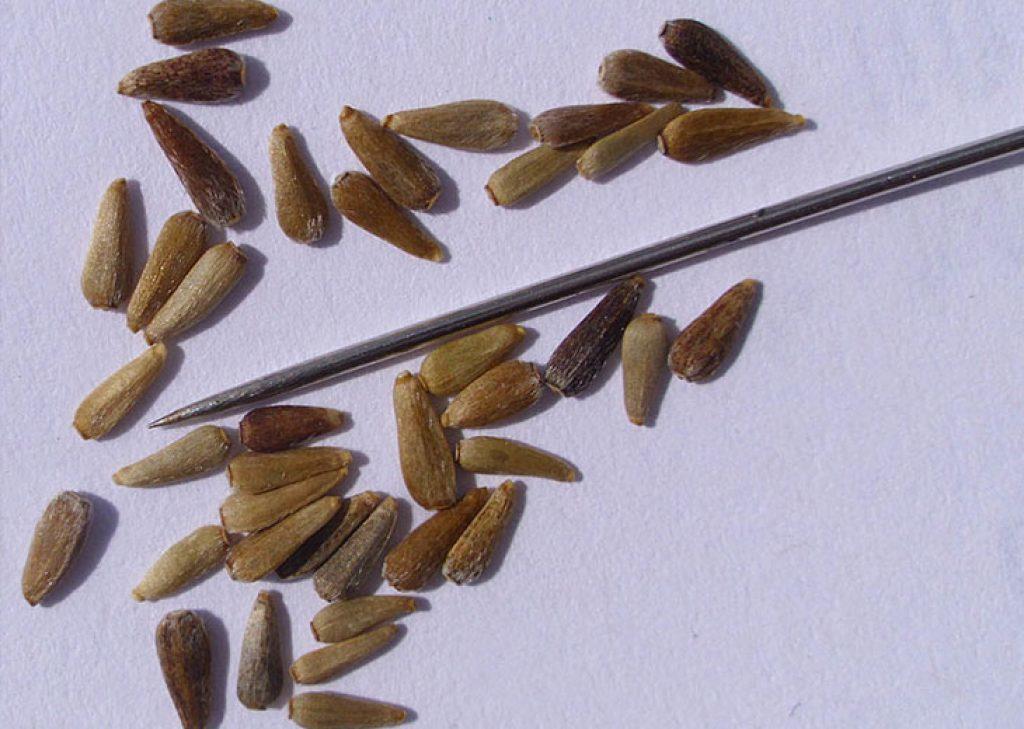
When to sow
It is necessary to wait for the soil to warm up. The optimal time is the end of April and the beginning of May. The summer resident calculates the day, correlating with the peculiarities of the climate of the region of residence. Planting material is planted in open ground not only in spring, but also in autumn. Then the planting time depends on the frost, since the seeds are planted in frozen soil.
Asters planted in this way bloom later, but more abundantly and longer.In the beds, grooves are formed in advance and planting material is sown in them. Sprinkle with a layer of mulch 3-4 cm thick, use humus or compost.
Choosing a place on the site
It is advisable to choose a well-lit area that will be protected from flooding and waterlogging. No culture likes drafts and strong winds.

Soil preparation
The garden bed is dug up, roots and weeds are removed. Provide nutrients. Make grooves, the depth of which is 2 cm. Then watered with a weak solution of potassium permanganate.
Sowing scheme
Sow in grooves made at a distance of 8-10 cm. Then cover with polyethylene. After emergence, the film is removed.
When the 3rd leaf appears, they break through at the distance necessary for a certain variety.
Outdoor care
After the plants are planted in a permanent place, it requires quality care for them. Carry out the necessary work on time, water, weed and loosen.
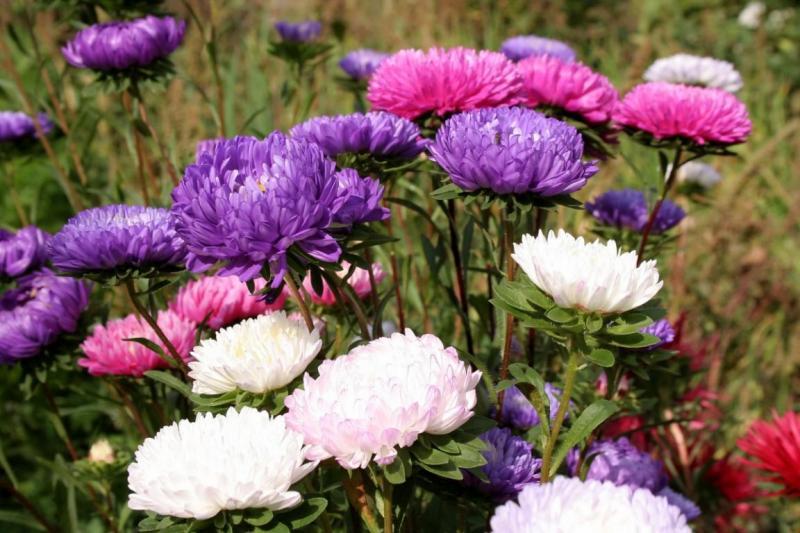
Watering
Astra does not tolerate waterlogging. Water as needed when the soil dries out. It is advisable not to plant flowers in places where groundwater runs close to the surface of the earth. The root system of plants does not tolerate waterlogging well. In hot weather, water is rarely watered, but abundantly. Do not irrigate during rainy periods.
Weeding and hilling
Like all cultivated plants, aster does not tolerate the neighborhood with weeds. Weeding is carried out regularly. To reduce the number of weeds, the soil is loosened after each watering. In addition, the soil is saturated with oxygen and retains moisture. Hilling of plants is carried out in order to strengthen and stimulate branching of the root system. It is carried out before branching, the height of the soil during hilling is 5-7 cm.

Top dressing
To increase the size of flowers and the intensity and duration of flowering, the plants are recommended to be fed. Fertilizer is applied half a month after transferring the plants to the ground. Use nitroammofosku. Then the flowers are fed by spraying the bushes with minerals. Produced 1.5 weeks after the first feeding.
To improve the effect of dressing, mineral fertilizers and organic fertilizers are alternated.Before flowering and during, they are fed with a mullein. Calculation 1:10. Of minerals used:
- superphosphate;
- urea;
- potassium chloride;
- urea and others.

Pruning and tying
Perennial asters need to be tied up, as tall bushes are not able to hold themselves. Especially with strong winds and precipitation. Bushes are tied to stakes. As for trimming, it is necessary to do it. Thinned bushes look more beautiful when forming a hedge. If you remove the tops of the branches, then there will be more inflorescences.
Reproduction
The summer resident wants to increase the number of plants he likes. It is not always possible to purchase seeds from the store financially. Therefore, many people propagate flowers on their own.
Seeds
A proven method of flower propagation. Plants retain all the characteristics of their parents. Even beginners will not have any difficulties. It is enough to collect the planting material and sow it correctly.
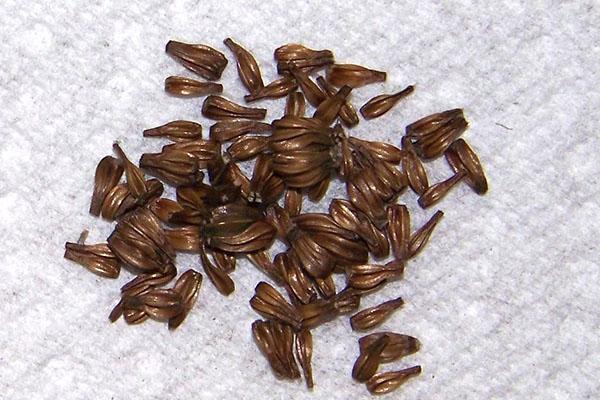
Seeds are also purchased in stores. Preferably from trusted sellers who sell only high-quality planting material.
Cuttings
This method refers to the reproduction of perennial asters. This is done in the spring. After the shoots grow 15-20 cm, they are cut off. The cut must be at an angle of 45⁰. Then the lower leaves are removed and placed in a growth stimulator for several days. Planted in partial shade at an angle, monitor the humidity level. Not allowing to dry out and not flooding the planting.
By dividing the bush
Gardeners practice this breeding method for perennial asters. In the first place, the bush grows no more than 5-6 years. Then the plantings thicken and the plants lose their attractiveness. This method is the fastest, as the bushes bloom in the same year. The bush is dug up and with the help of a shovel or knife they divide it into parts. In each, at least 5 shoots are left.
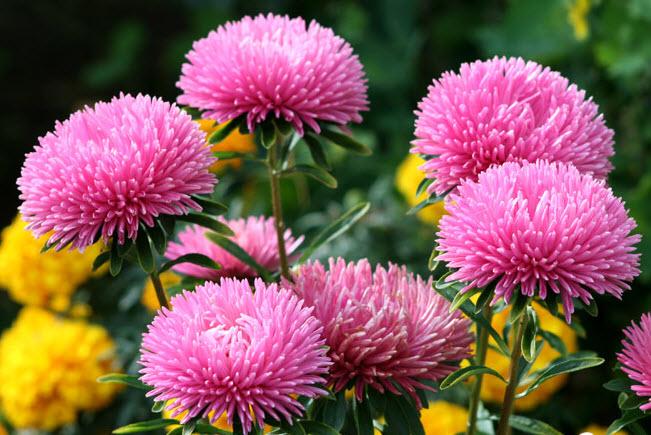
The wells are prepared in advance, the distance depends on the characteristics of the transplanted variety. The higher the mature bushes, the greater the distance.
Post-flowering care and preparation for winter
If the aster is annual, the bushes are pulled out and burned to avoid the spread of diseases. Perennial plants after flowering are not touched. They wait for the aerial part to dry up, cut it off and burn it. Divide and seat if necessary. It is recommended to cover the flowers by winter, since some varieties do not tolerate cold and frost poorly.
Diseases and pests
Aster is attacked by many insects and viruses.If you do not take action in a timely manner, nothing will remain of the flower bed. Since flowers are not eaten, they are treated with chemicals. They do this for the purpose of prevention and when signs of disease are detected.
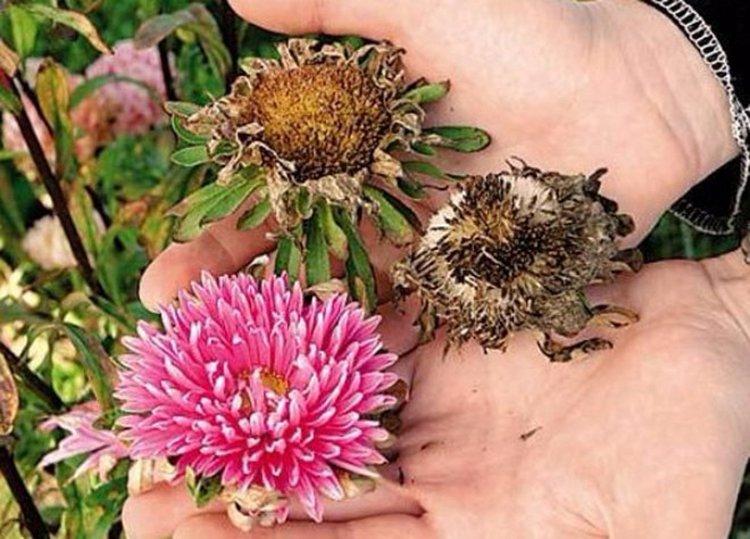
Growing problems
Not everyone is able to grow asters on the site and not face problems:
- A common nuisance is poor germination of planting material.
- In addition, seeds are stored very little. You must remember this when collecting planting material.
- High susceptibility to disease is also a problem for summer residents.
Perhaps, when growing, the summer resident will face other problems. But in general, aster is an unpretentious flower, which, with proper care, pleases with abundant and long flowering. Planting an aster is a simple process, since the plants are unpretentious and responsive to care. Decorating flower beds with it makes any garden an object of admiration.
